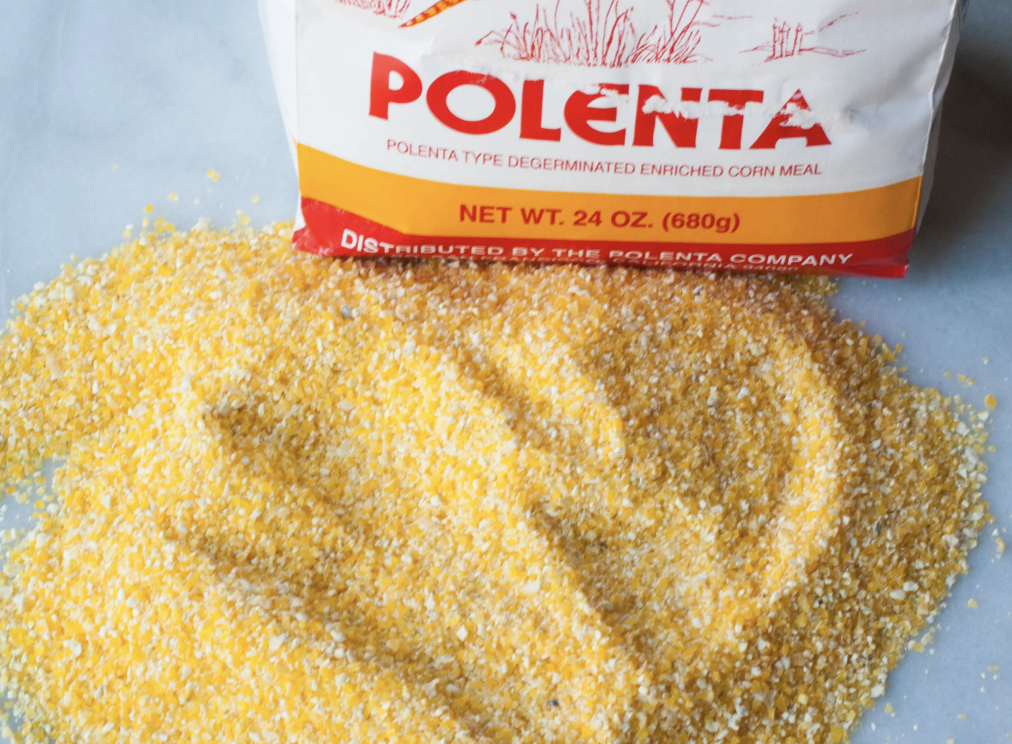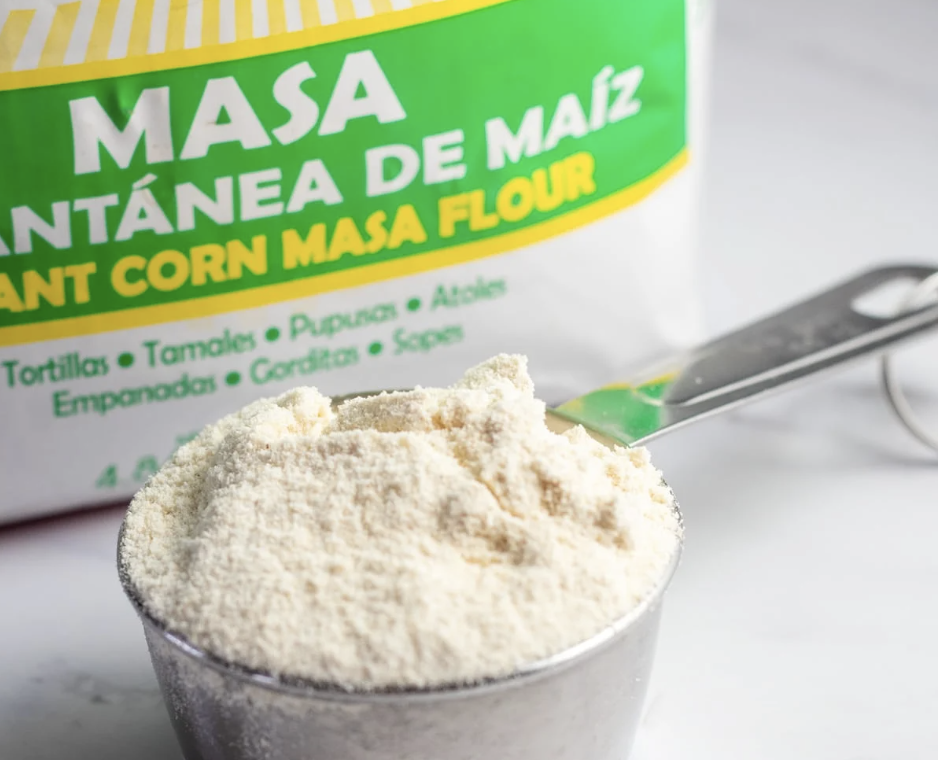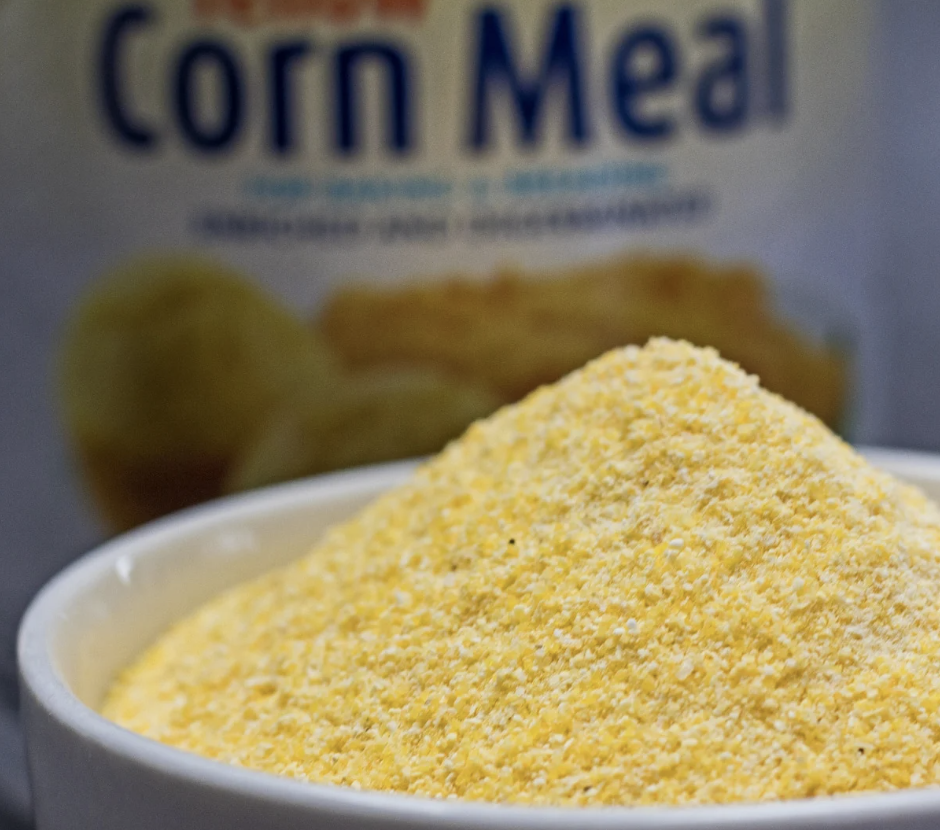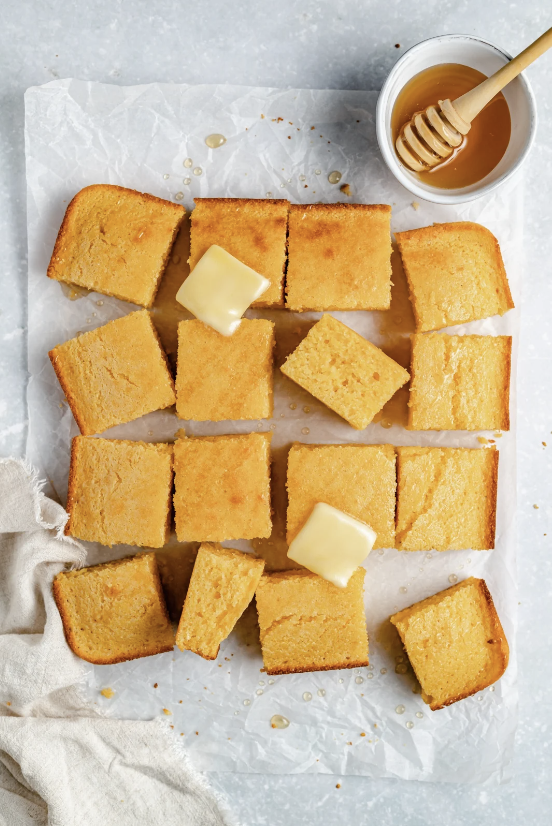When it comes to making cornbread, the choice of corn product can indeed affect the texture of the bread. Keep reading for a breakdown of the differences between polenta, masa harina, and cornmeal.
Polenta
Polenta is a traditional Italian dish made by coarsely grinding yellow or white cornmeal. It has a medium to coarse texture and a slightly gritty consistency. When used in cornbread, polenta can add a pleasant crunch and texture to the final product. The resulting bread may have a coarser crumb and a more rustic texture.

Masa Harina
Masa harina is a special type of corn flour made from dried hominy (corn that has been treated with an alkali solution, like lime). It is commonly used in Mexican cuisine, particularly for making tortillas and tamales. Masa harina has a fine texture and a smoother consistency compared to cornmeal or polenta. Using masa harina in cornbread can result in a denser and more compact texture with a distinct corn flavor.

Cornmeal
Cornmeal is made by grinding dried corn kernels into a fine, medium, or coarse texture. It is commonly used in various culinary applications, including cornbread. Cornmeal can have different grinds, and the texture can vary accordingly. Fine cornmeal will yield a smoother and more delicate texture, while medium or coarse cornmeal will give the cornbread a heartier texture with a slightly grainy mouthfeel.

Overall, the choice between polenta, masa harina, or cornmeal for cornbread largely depends on personal preference. Polenta can provide a coarser texture, masa harina offers a denser consistency, and cornmeal gives you different options for the degree of coarseness. Experimenting with different types of corn products can help you find the texture that you enjoy the most in your cornbread.

+ show Comments
- Hide Comments
add a comment